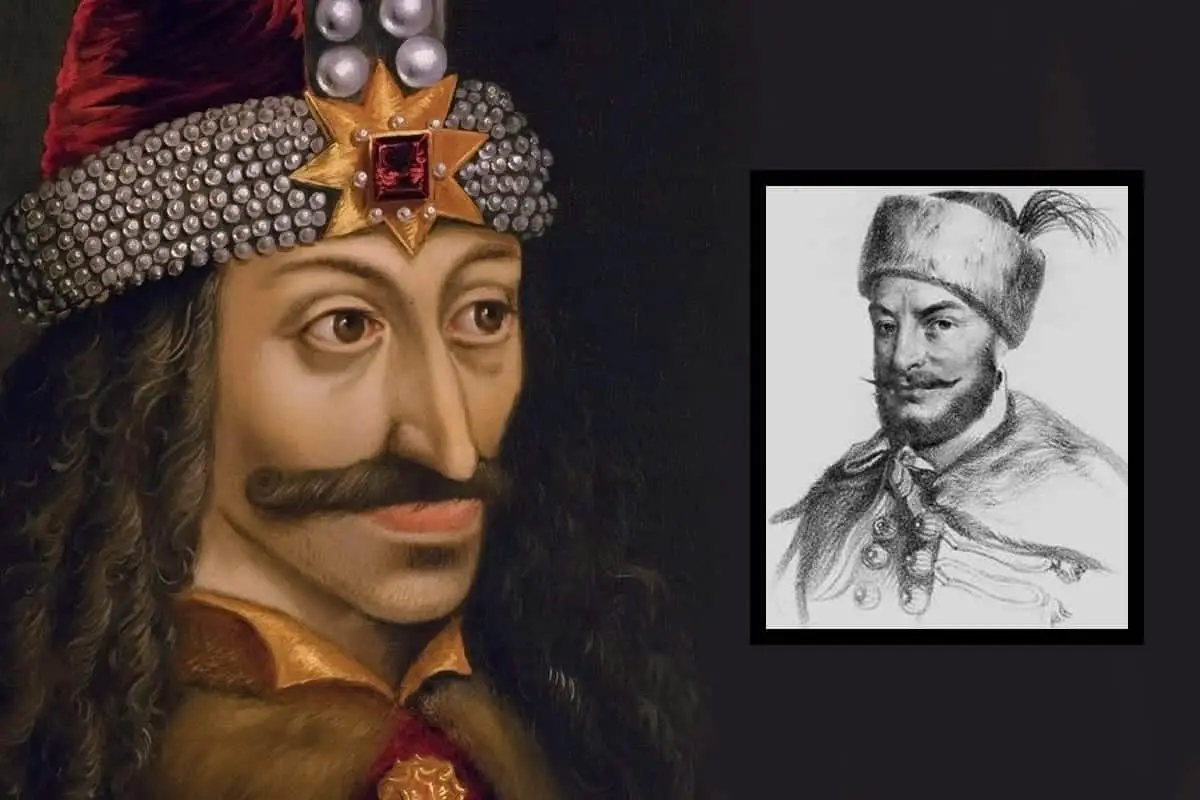Mihnea cel Rău, meaning “the Bad” or “the Evil One” was the son of Vlad III (more commonly known as Vlad the Impaler), who ruled as the Voivode of Wallachia in present-day Romania.
Mihnea was born in either AD 1460 or 1462 and was the eldest of three sons in the House of Drăculești, a family name that derives from “Dracul” (translated as “son of Dracul”), a title from Vlad II’s service in the “Dragon” Order (German Drachenorden; lat. Societas Draconistrarum).
Mihnea and his siblings grew up in a turbulent period, where their father, Vlad III campaigned against the Wallachian Boyers (nobility of the Danubian Principalities), the Transylvanian Saxons, and the neighbouring Ottoman Empire.
During Vlad III’s reign, he was attributed with killing from 40,000 to 100,000 European civilians (political rivals, criminals, and anyone that he considered “useless to humanity”), and the impaling of 23,844 Turkish prisoners at Târgoviște in 1462.
After Vlad III’s death in either 1476 or 1477, Mihnea consolidated power by gaining the support of the Boyars to take the Wallachian throne in 1508.
Mihnea shared a similar nationalistic sentiment to that of his father, and sought to free the region of Ottoman influence, ruling with an authoritarian policy to the detriment of the great nobility.
His reign was documented in text by the abbot and chronicler Gavril Protul who said: “As soon as Mihnea began to rule he at once abandoned his sheep’s clothing and plugged up his ears like an asp…. He took all the greater boyars captive, worked them hard, cruelly confiscated their property, and even slept with their wives in their presence. He cut off the noses and lips of some, others he hanged, and still others drowned.”
In 1509, the Boyers deposed Mihnea with Ottoman support, prompting him to flee Wallachia for the Transylvanian city of Sibiu. Whilst he was attending mass at the Roman Catholic Church of Sibiu, he was stabbed by Dimitrije Iakšić, a Serbian partisan of the Craiovescu faction of Boyars (whose daughter he supposedly raped) and died of his injuries.
To ferment a tarnished legacy of blood and murder, the Craiovescu dubbed Mihnea “Cel Rău” meaning “the Bad” or “the Evil One”.
Image left – Vlad III, Right – Mihnea cel Rău : Public Domain






